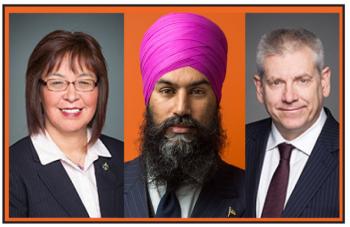Image Caption
Summary
Windspeaker.com Contributor
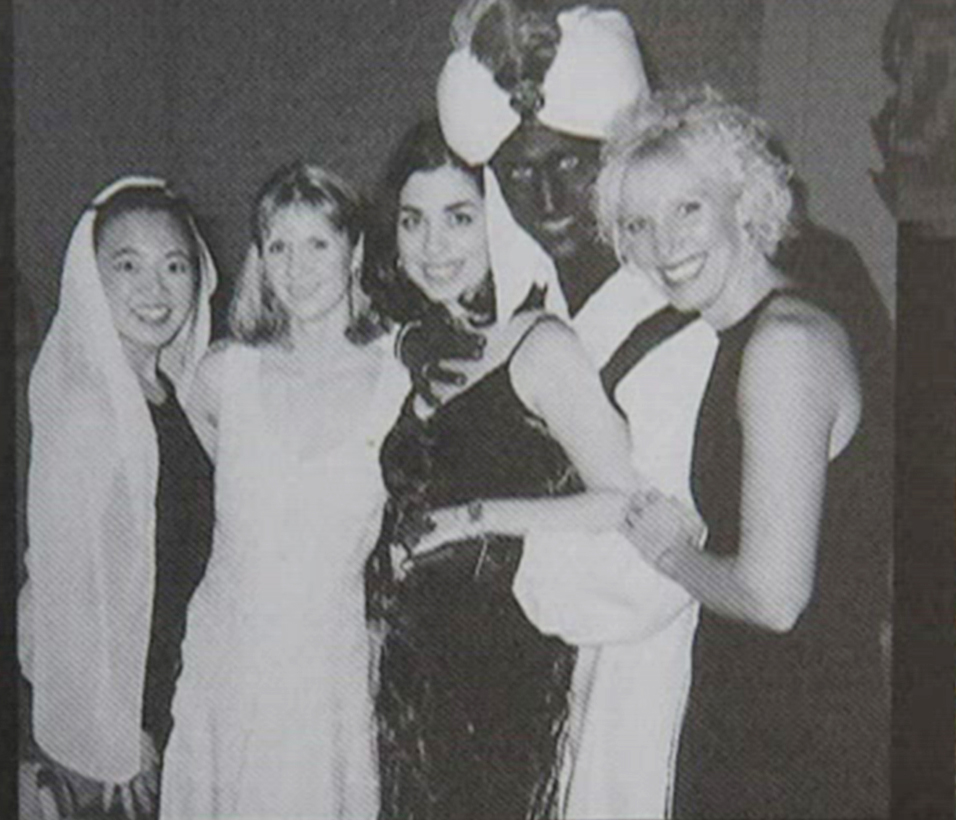
Photographs that have emerged of a younger Justin Trudeau in brown and blackface for his entertainment may shift the votes of racialized Canadians and the Indigenous electorate in favour of the New Democratic Party led by Jagmeet Singh, who is of the Sikh faith and wears a turban.
“I think Jagmeet has always been careful to say, ‘Listen, I have my experience and I don’t have the experience of what Indigenous Canadians have gone through, but I can share many common concerns,’” said Charlie Angus, one of two Indigenous Affairs critics for the federal NDP.
The photos were released last week. The first by Time magazine in which Trudeau was dressed as Aladdin for an Arabian Nights-themed party when he was a 29-year-old teacher at a private school in B.C. In the photo his face is darkened with make-up, as are his hands, and he is wearing a turban and flowing robe.
Shortly after that release came the blackface photo of Trudeau as a teen where he was dressed up to sing “The Banana Boat Song” (Day-O), made famous by activist Harry Belafonte. Then there was a third photo and then a video. All of this led to widespread criticism of Liberal Party leader Trudeau and opened a wider discussion about privilege and racism.
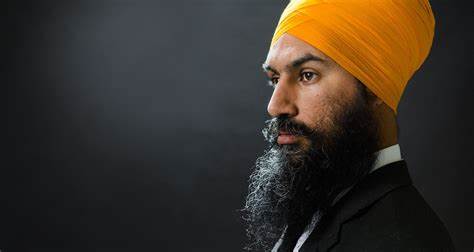
Those photos have also resulted in praise of Singh, who, unlike Conservative leader Andrew Scheer, didn’t sling condemnation or cries of hypocrisy.
On Sunday morning, the CBC’s Power and Politics Insiders panel was unanimous in its support of Singh.
"Jagmeet Singh has struck the right tone... He took the high road and spoke directly to minorities (which) was a moment that was really authentic to a lot of people,” said Yolande James, former Liberal Quebec Cabinet minister. She said Scheer used the opportunity to “score points.”
"I think Singh has done a really good job of … really demonstrating clear leadership and also not taking partisan punches," said Kathleen Monk, a former director of strategic communications for the NDP and now with the Earnscliffe Strategy Group.
“I think the response of Mr. Singh was a very healing moment,” said Angus. “I thought his tone was incredibly measured. I mean, he must rage at times about the racist stuff he faces, but he realizes about bringing people along and that’s certainly something in my work as a politician that has really opened my eyes.
“Indigenous communities face staggering amounts of casual racism. Being a spokesperson and working with them, I’ve seen it. But you’ve got to bring people along. You’ve got to bring people to understand how the misconceptions are so damaging and they’re so wrong.”
Even before Trudeau’s photographs went public, Hayden King, executive director with the Indigenous think-tank Yellowhead Institute, pointed out that Singh, as a visible minority, could provide a connection to Indigenous voters.
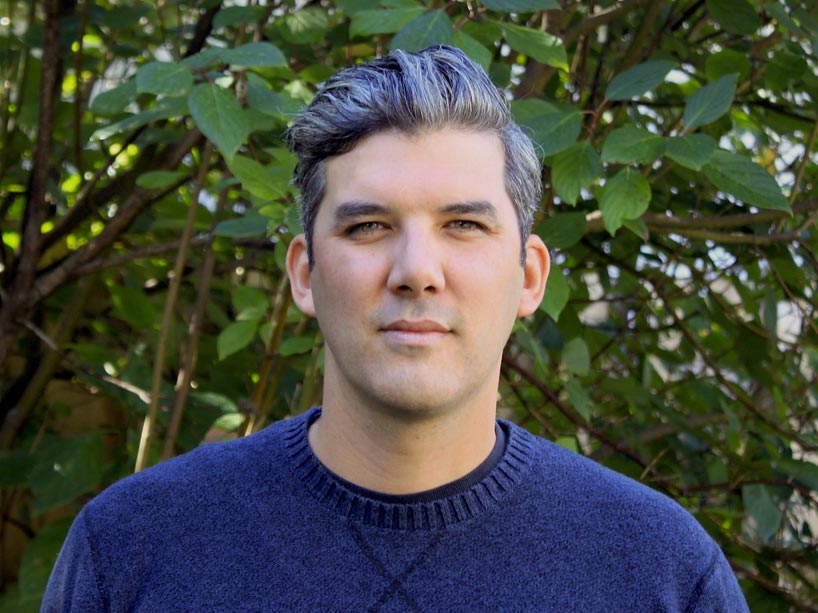
“Jagmeet Singh will probably get a lot of supporters among Indigenous people as someone who comes from a racialized background, and probably understands some of the racism Indigenous people feel on a daily basis. That’s probably something the New Democrats have going for them this time around,” said King.
Thomas Mulcair led the NDP into the 2015 federal election where the party lost 51 seats and its status as Official Opposition. Singh replaced Mulcair in 2017.
Angus, who is the MP for Timmins—James Bay in Ontario, says when Singh became leader, he told Angus he wanted to see the north. Angus took Singh to visit Grassy Narrows First Nation in his riding.
“In Canada you have to see it to understand the reality on the ground,” said Angus.
It’s the exchange Trudeau had with a protester from Grassy Narrows at a Liberal $1,500-a-plate fundraiser this past March that Angus says truly shows the stripes of the Liberal leader.
Trudeau was called out for not delivering on his promise to provide a mercury treatment centre for the community, whose water source is contaminated. He responded with a flippant “Thank you for your donation tonight.”
“When he did that with Grassy … it just chilled me because having been in Grassy and having seen Minamata disease in children in the community in 2019, (and) they were all laughing about people having to come out and protest at a rich gala. That to me is the question with Trudeau. He talks the talk, but the reality is proven in the Indigenous file, again and again. It’s all talk,” said Angus.
Trudeau’s response, although he did apologize later, and his inability to deliver on his 2015 promise for support for the community was enough to bring Grassy Narrows First Nation Chief Rudy Turtle on board as NDP candidate for Kenora.
The Kenora riding has 42 First Nations within it. Both Turtle and the NDP have raised concerns with Elections Canada about the ballot shortages and delayed opening of voting stations for First Nations in the riding that happened in 2015.
“I feel in 2019 the support that we’re getting from Indigenous communities is very much solidified,” said Angus.
The NDP have lined up a number of high-calibre Indigenous candidates, including Anna Betty Achneepineskum, former deputy chief for Nishnawbe Aski Nation, running in Thunder Bay-Superior North; Bob Chamberlin, former vice president of the Union of British Columbia Indian Chiefs, running in Nanaimo-Ladysmith; Joan Phillip, a Penticton Indian Band councillor, running in Central Okanagan-Similkameen-Nicola; Kyle Mason, founder of the North End Family Centre, running in Winnipeg North; and 25-year-old Mumilaaq Qaqqaq, who will run in Nunavut.
According to the latest figures available, the NDP have 14 Indigenous candidates. In 2015, the slate included 22 Indigenous candidates.
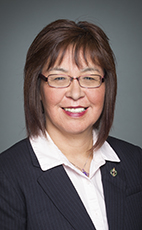
Only one of the NDP’s two sitting Indigenous MPs is seeking re-election. Georgina Jolibois, who is the party’s other Indigenous Affairs critic, is trying to hold her Desnethé-Missinippi-Churchill River seat against former Lac La Ronge Chief Tammy Cook-Searson, who is running under the Liberal banner.
In 2015, Jolibois knocked out the Progressive Conservative incumbent.
“I’m passionate about the issues that we face in northern Saskatchewan,” said Jolibois, who in 2018 was voted as the best constituent representative by the other MPs in the House. “What that means is I’m a very strong voice and will continue to be a strong voice for northern Saskatchewan. I love the north. It is my home.”
Jolibois says her work, combined with that of retired NDP MP Romeo Saganash, has led to a “very successful four years.” She points out that because of them, the House now provides translators to allow them to speak their own languages.
Both Jolibois and Saganash introduced private member’s bills that were killed by the Conservatives. Jolibois proposed the creation of a national Indigenous holiday, which died in committee while Saganash’s Bill C-262, which called for Canada’s laws to be harmonized with the United Nations Declaration on the Rights of Indigenous Peoples, died in the Senate.
“I think (the NDP) are taken seriously by those Indigenous people who do vote,” said King. “If they have really strong local candidates, that’s going to make a difference.”
NDP support on-reserve in 2015 slipped from 2011, but the NDP still polled better than any other party.
During the Maclean’s/ Citytv leadership debate on Sept. 12, Singh spoke about moving forward with Indigenous peoples with “respect and dignity.” He also supported fully implementing the latest Canadian Human Rights Tribunal decision, which financially compensates First Nations children who were taken into care on-reserve; the duty to consult; the full implementation of UNDRIP; access to “quality” homes; and, using public funds to supply clean drinking water and build infrastructure on reserves.
“It would be nice if a party leader said, ‘Hey, we’re going to respect Indigenous peoples and Aboriginal rights and land rights’ and then actually followed through with it,” said King. “That would be a wonderful shift in how Canadian governments have related to Indigenous peoples, so it has a lot of potential as a paradigm.”
Unfortunately, King said Indigenous policy is increasingly reduced to platitudes and buzzwords, “so it actually comes down to what’s being committed to by the New Democrats or other parties. And then, of course, after they form government, if they stick to those commitments.”
As for priorities, King believes that the NDP have placed climate change near the top.
“It’s sort of maybe third behind their desire to make life affordable and to ensure that everybody has good jobs, but climate policy is woven through a lot of their commitments,” he said.
“It’s more holistic of an approach than you might see from the Liberals or Conservatives who tend to silo their environmental policy.”
The NDP’s platform, as outlined in “A New Deal for People: New Democrats’ Commitment to You,” contains a section entitled “Reconciliation” in which Indigenous issues are addressed.
See the New Deal here: https://www.ndp.ca/commitments
“There’s a level of understanding about the contemporary policy and legal framework. But I am really surprised, actually, reading the NDP platform, how similarly it aligns with what the Liberal party is already doing,” said King.
He points to the Arctic Policy Framework, the Indigenous Guardians Program, self-determination for Metis people and the National Council for Reconciliation.
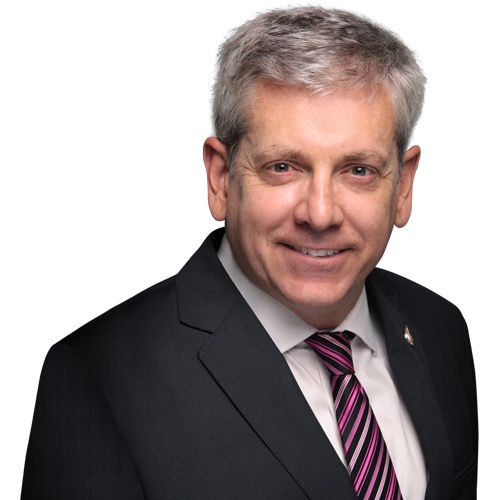
Angus takes exception to that observation.
“What the Trudeau government delivered were promises. They did not deliver action… So that’s the fundamental difference. We’re saying we will make these commitments, follow through. We’ve had 150 years of nice words from government. We need to say these will be fundamental rights. That’s what’s fundamentally different between us and the Liberals,” said Angus.
King notes the rounded approach the NDP take.
“The most interesting parts about the New Democrat platform when it comes to Indigenous issues is their commitment to tackle institutional discrimination and racism,” he said.
He points to banning carding, which affects both black and Indigenous communities, as well as the need for stable internet services for rural Canadian and Indigenous people.
“In some ways I think that the areas that are not specifically Indigenous are actually taken more seriously in the NDP platform than the Indigenous specific section, actually. So that’s a positive thing,” he said.
However, King sees a glaring absence in the NDP’s decision not to include or lobby for Indigenous languages as official languages.
“While there is that cohesiveness throughout the platform for Indigenous issues, there are areas where it can definitely be stronger,” he said.
Making Indigenous languages stronger, says Jolibois, will be her goal.
“We were the only ones talking like that and we will continue to speak like that even though Romeo won’t be an MP any more, but we will continue to do the work and Indigenous people coming in, and I’m hopeful that more Indigenous people will be elected as NDP MPs, and together we will work hard,” she said.
While Angus has no price tag to offer for the promises being made by the NDP, he says costs will be covered by not writing off $6 billion in taxes to corporations—like the Liberal’s have done—and by increasing taxes on those who make over $20 million annually.
According to the parliamentary budget officer, Angus says, increasing the tax by one per cent will bring in between $10 billion to $70 billion.
“It’s about choice. We’re not going to be giving any more free rides to the billionaire class,” said Angus.
Voters go to the polls Oct. 21.

